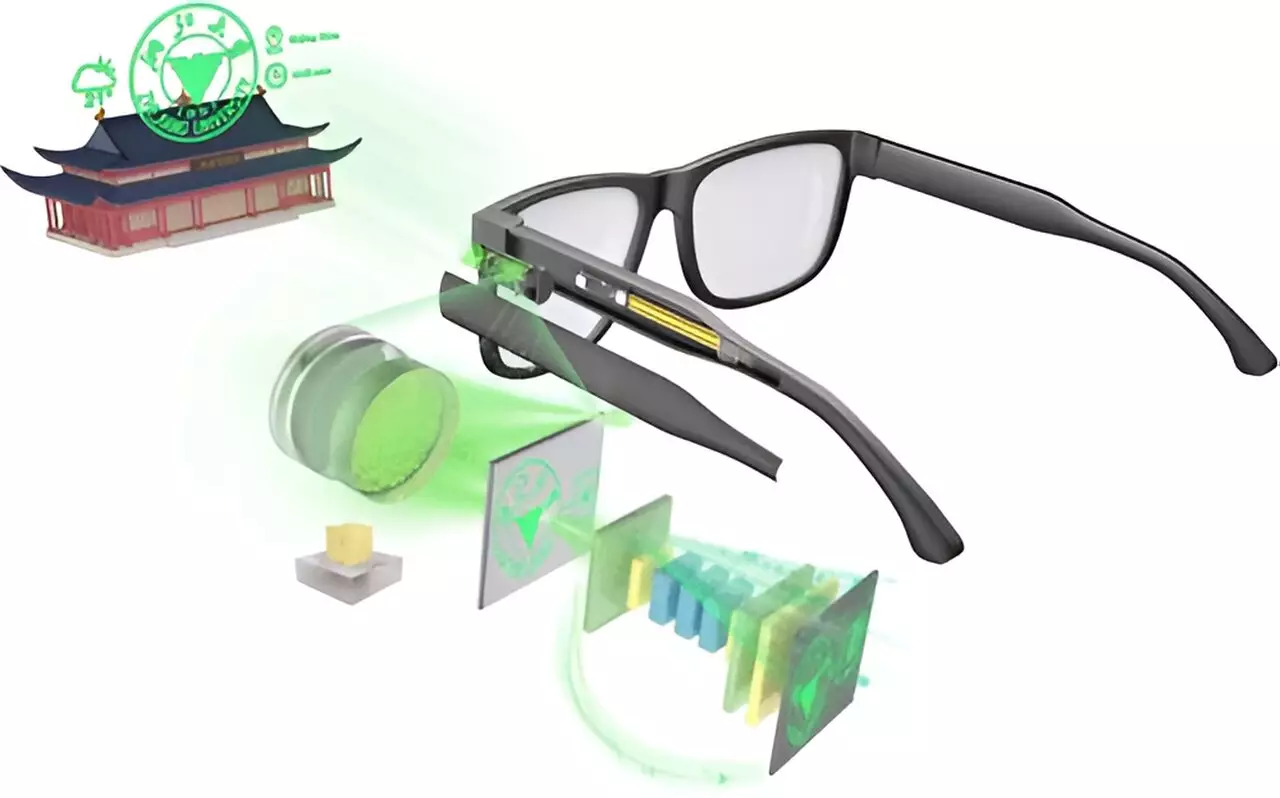Augmented Reality (AR) seamlessly blends the digital and physical worlds, enhancing our perception through the overlay of computer-generated images on real-time views. While most often recognized for its applications in entertainment and gaming, AR harbors far-reaching implications across diverse fields, including medicine and autonomous transportation. As researchers delve deeper, innovative advancements continue to refine and broaden the potential of AR technology.
Despite the promising future of AR, traditional systems often encounter significant limitations. Current headsets and goggles are cumbersome due to the necessity of multiple optical components, which, despite enhancing performance, lead to devices that are awkward and uncomfortable for everyday use. Moreover, reductions in size and weight commonly sacrifice visual quality and field of view. Striking a balance between portability and clarity remains a considerable hurdle, one that necessitates fresh thinking and technological blending.
Recent findings from researchers, spearheaded by Youguang Ma, propose an innovative hybrid design to address these challenges. By merging a metasurface—a sophisticated, ultrathin film designed to manipulate light—with a traditional refractive lens and a microLED display, the researchers have developed a compact, efficient AR system. This integration allows the technology to be miniaturized while maintaining, if not enhancing, image quality.
The metasurface strategically shapes the light emitted from the microLEDs, ensuring that images remain vibrant and focused. Further refining the output, the polymer-based lens sharpens the quality while minimizing distortions. This multi-layered approach doesn’t just create a more manageable device; it achieves remarkably accurate images that may rival existing multi-lens systems.
To further bolster the AR experience, the team employed advanced computer algorithms capable of identifying and rectifying optical imperfections prior to image projection. This preprocessing step is crucial; it enhances the clarity and fidelity of the projected images significantly. For instance, a controlled test involving a reprojected image of a red panda exhibited a structural similarity to the original image at a rate of 74.3%, an improvement of 4% over previous iterations.
Such enhancements underscore the potential of AR technology to provide a more immersive experience without compromising on performance or user comfort.
With continued refinement and development, the possibilities are vast. This research signifies a pivotal step towards creating a new generation of AR glasses that not only fit seamlessly into daily life but are also capable of producing full-color, high-resolution images. As these innovations unfold, we may see widespread adoption of AR technologies, poised to revolutionize industries far beyond entertainment, ultimately reshaping how we interact with the world around us.
The advancements in optical technology herald a transformative era for augmented reality, making it more accessible, functional, and practically integrated into our routines. The road ahead is ripe with possibilities, waiting for further exploration and development to unlock the full potential of AR.

